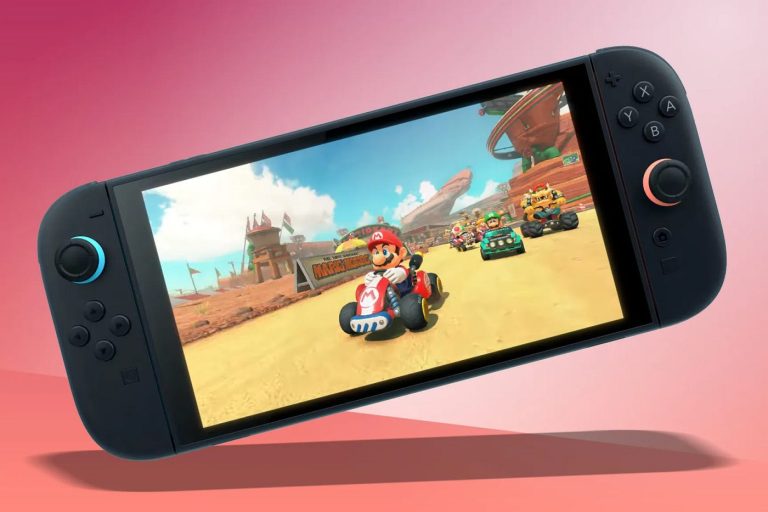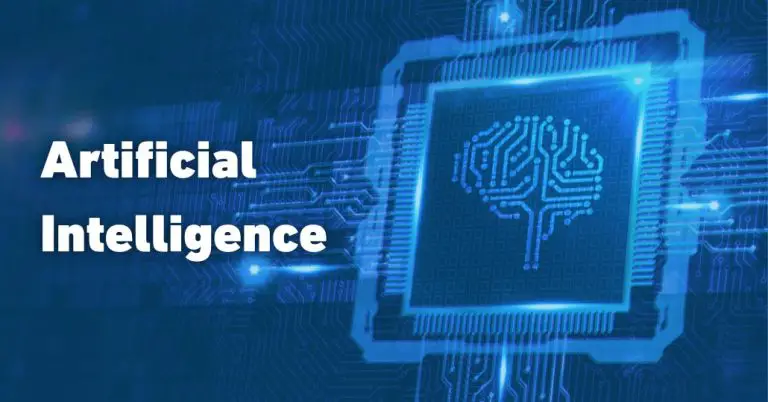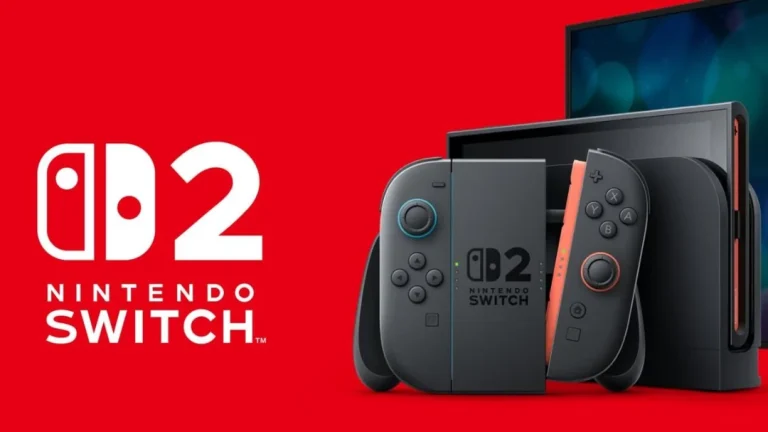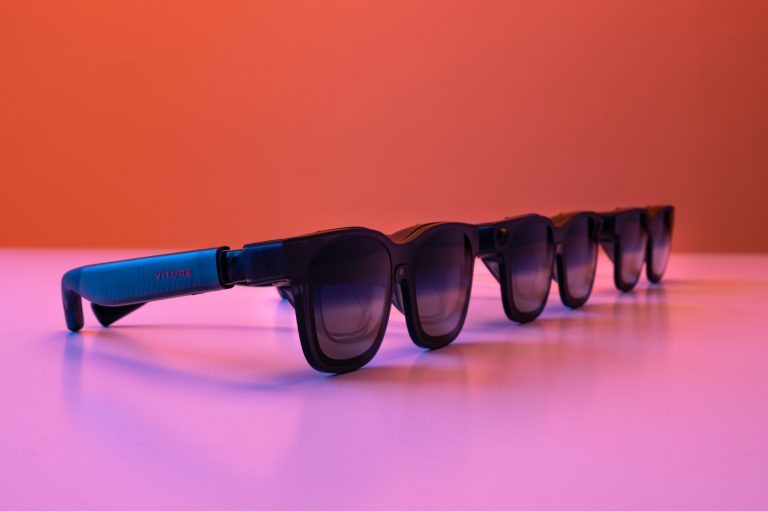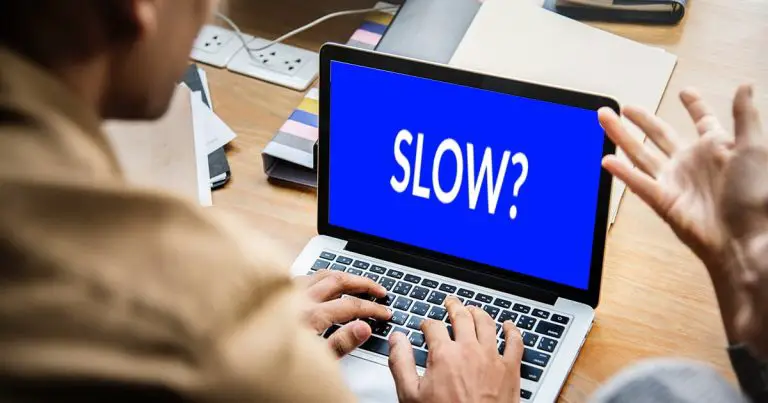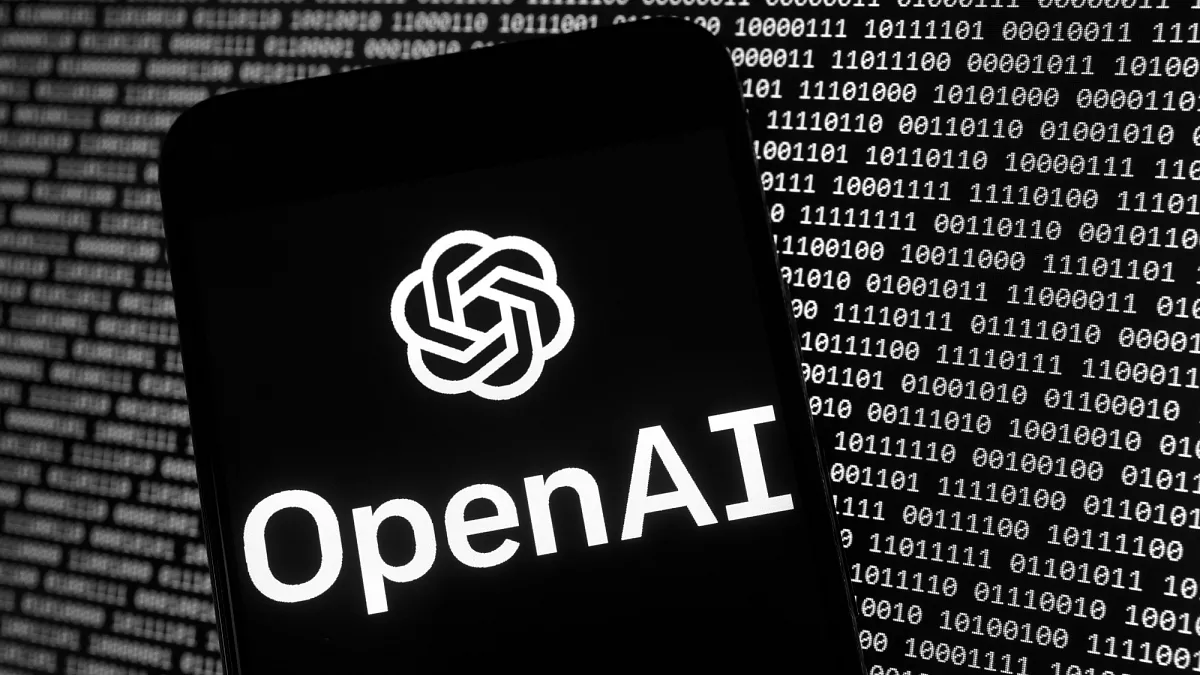
OpenAI is making a major move into the hardware world by acquiring io, a startup founded by legendary Apple designer Jony Ive and several of his former Apple colleagues, including Scott Cannon, Evans Hankey, and Tang Tan. The deal, valued at around $6.5 billion, will see about 55 hardware engineers, software developers, and manufacturing specialists from io join OpenAI. This step of OpenAI buying Ai hardware company is the largest to date and marks a significant expansion from its roots in software into the realm of physical AI-powered devices.
Jony Ive’s Role and LoveFrom’s Influence
While Jony Ive himself won’t be joining OpenAI as an employee, his design firm, LoveFrom, will take over design leadership for all of OpenAI’s products both hardware and software. LoveFrom will remain independent, but this partnership means OpenAI’s future devices and interfaces will be shaped by the same design philosophy that defined products like the iPhone and MacBook.
What’s Coming: A New Kind of Device
The first product from this collaboration is expected in 2026. According to OpenAI CEO Sam Altman, the device is not intended to replace smartphones or laptops, but rather to introduce an entirely new category of technology. Altman described it as “a totally new kind of thing,” emphasizing that, just as smartphones didn’t make laptops obsolete, this device isn’t meant to make smartphones go away.
Leaked details suggest the device will be pocket-sized, screen-free, contextually aware, and not a pair of smart glasses or a wearable. Instead, it’s designed to act as a “third core device” alongside the laptop and smartphone something discreet and deeply integrated with AI, aiming to reduce reliance on screens and address some of the unintended consequences of current mobile technology.
Vision and Critique of Current AI Hardware
Both Ive and Altman have been openly critical of recent AI hardware attempts, such as the Humane AI Pin and Rabbit R1, calling them “very poor products” that lack fresh thinking. Their ambition is to create hardware that is truly built for the AI era, combining technological innovation with thoughtful, human-centered design.
Related articles you may find interesting
Strategic Implications for OpenAI and the Industry
This acquisition is more than just about launching a new gadget. It signals OpenAI’s intent to become a serious player in consumer hardware, not just AI software. By bringing in a world-class design team and experienced engineers, OpenAI is positioning itself to shape how people interact with AI in everyday life. Altman has even speculated that this move could eventually add $1 trillion to OpenAI’s valuation, and he’s aiming to deliver the new device to 100 million users faster than any previous tech product.
Industry Context: OpenAI’s Hardware Ambitions
Beyond consumer devices, OpenAI’s hardware push also extends to developing its own AI processors, or Neutral Processing Units (NPUs), to reduce reliance on dominant suppliers like Nvidia. This could reshape the AI hardware landscape, giving OpenAI more control over its technology stack and potentially challenging established industry leaders.
The Team and Broader Moves
The io team, now part of OpenAI, brings together talent with decades of experience developing iconic consumer products. This acquisition follows other recent OpenAI purchases, such as the AI-assisted coding tool Windsurf and analytics company Rockset, underscoring the company’s ambition to broaden its reach and capabilities across both software and hardware.
Looking Ahead
OpenAI’s partnership with Jony Ive and the io team is set to redefine how AI is experienced by everyday users. With a focus on design, innovation, and a new approach to device interaction, the company is betting that the next wave of technology will be as much about how AI feels and fits into our lives as it is about raw capability. The world will be watching closely when the first device launches in 2026.

